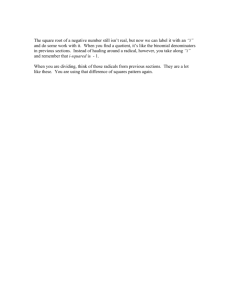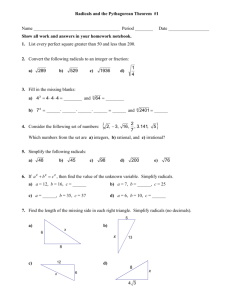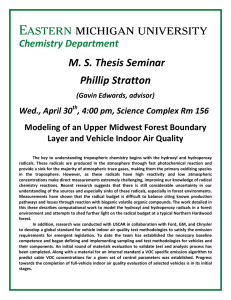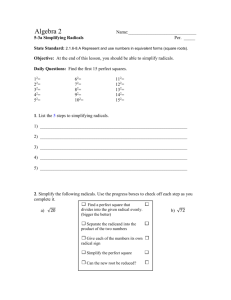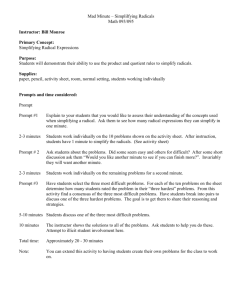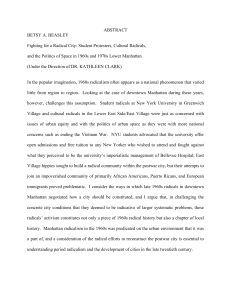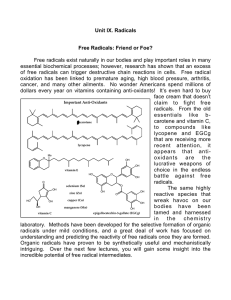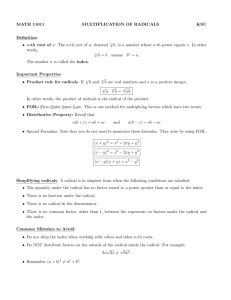Nitric oxide and nitric oxide-derived oxidants: Interactions with
advertisement
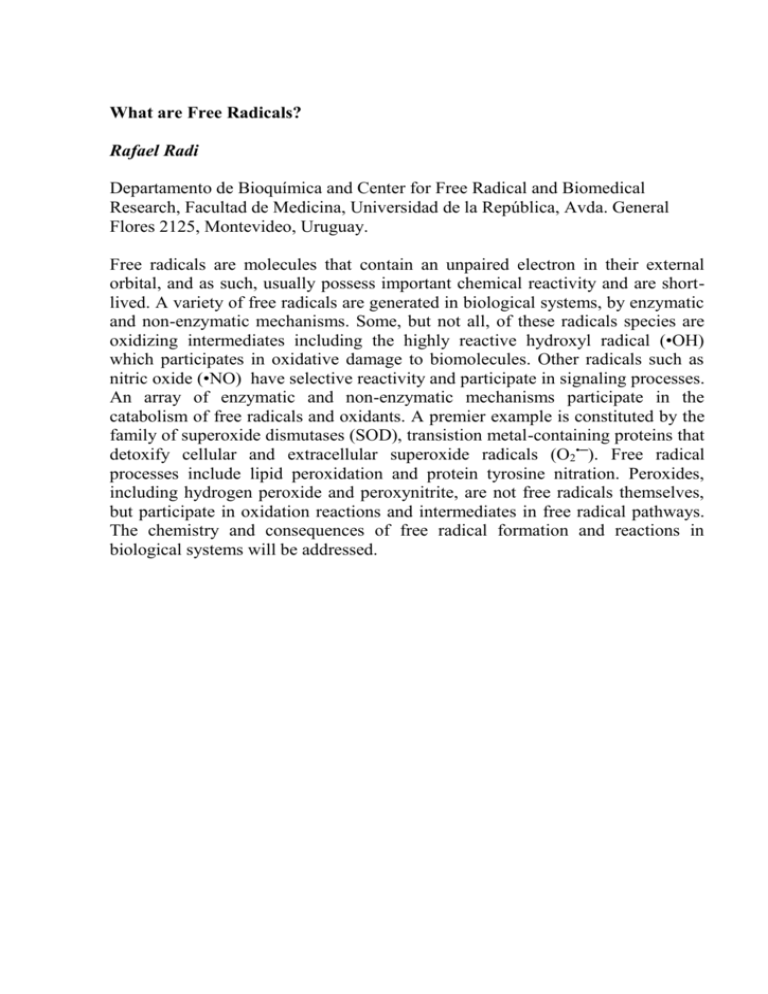
What are Free Radicals? Rafael Radi Departamento de Bioquímica and Center for Free Radical and Biomedical Research, Facultad de Medicina, Universidad de la República, Avda. General Flores 2125, Montevideo, Uruguay. Free radicals are molecules that contain an unpaired electron in their external orbital, and as such, usually possess important chemical reactivity and are shortlived. A variety of free radicals are generated in biological systems, by enzymatic and non-enzymatic mechanisms. Some, but not all, of these radicals species are oxidizing intermediates including the highly reactive hydroxyl radical (•OH) which participates in oxidative damage to biomolecules. Other radicals such as nitric oxide (•NO) have selective reactivity and participate in signaling processes. An array of enzymatic and non-enzymatic mechanisms participate in the catabolism of free radicals and oxidants. A premier example is constituted by the family of superoxide dismutases (SOD), transistion metal-containing proteins that detoxify cellular and extracellular superoxide radicals (O2•─). Free radical processes include lipid peroxidation and protein tyrosine nitration. Peroxides, including hydrogen peroxide and peroxynitrite, are not free radicals themselves, but participate in oxidation reactions and intermediates in free radical pathways. The chemistry and consequences of free radical formation and reactions in biological systems will be addressed.
